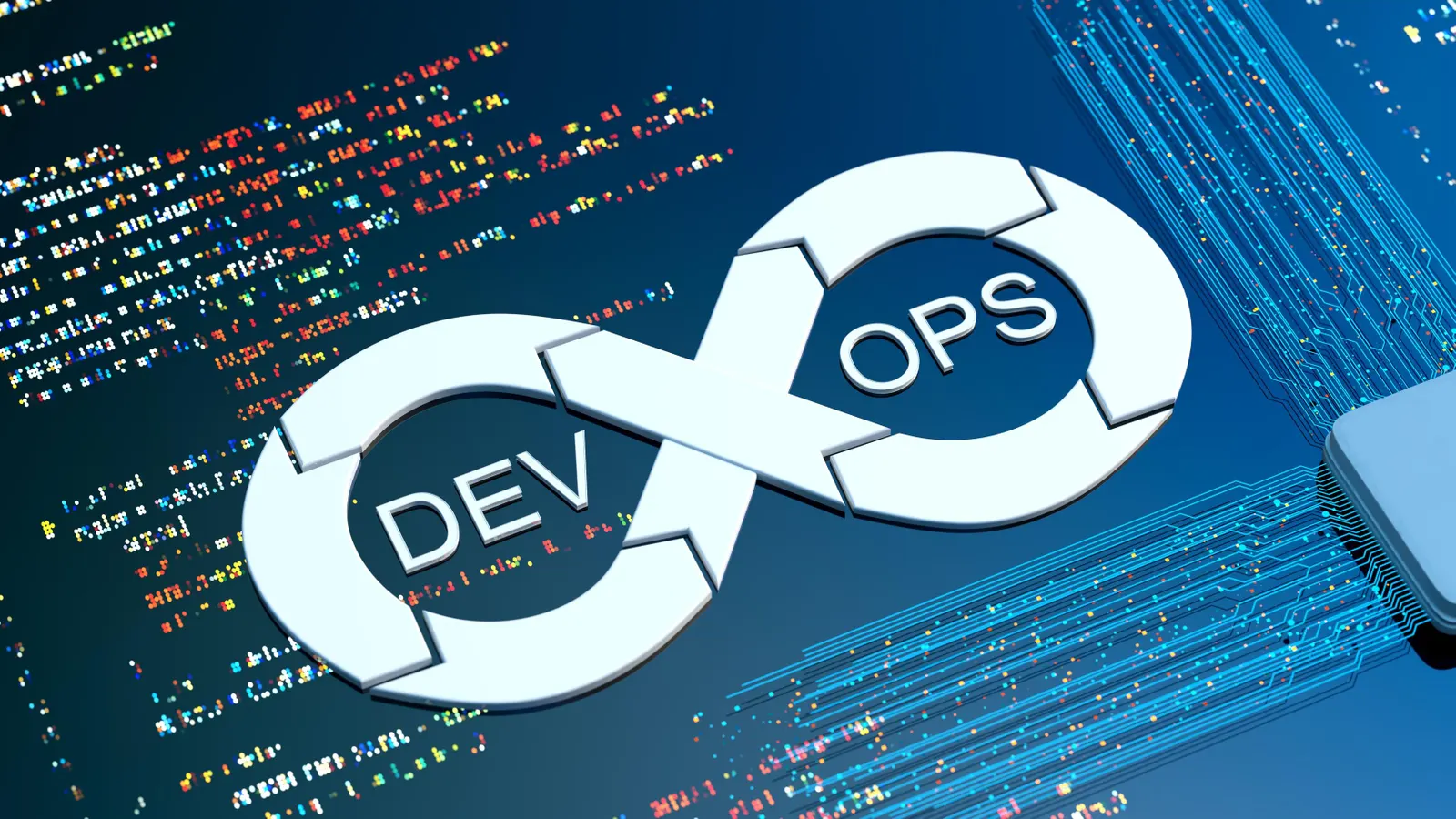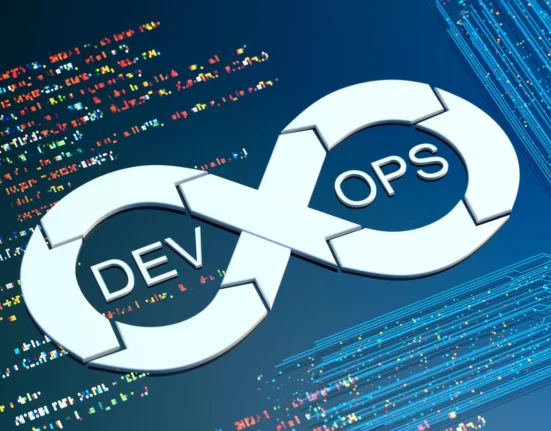Continuous Integration (CI) and Continuous Deployment (CD) are fundamental practices in DevOps that enhance software development efficiency by automating testing and deployment processes. This tutorial provides a step-by-step guide to setting up a CI/CD pipeline using Jenkins and Docker.
Table of Contents
- Introduction to CI/CD
- What is Continuous Integration?
- What is Continuous Deployment?
- Benefits of CI/CD
- Overview of Jenkins and Docker
- What is Jenkins?
- What is Docker?
- Integrating Jenkins with Docker
- Setting Up Jenkins
- Installing Jenkins
- Configuring Jenkins
- Setting Up Docker
- Installing Docker
- Configuring Docker
- Creating a Jenkins Pipeline
- Writing a Jenkinsfile
- Configuring the Pipeline
- Building and Deploying with Docker
- Writing a Dockerfile
- Building Docker Images
- Deploying Docker Containers
- Testing the CI/CD Pipeline
- Committing Code Changes
- Automated Testing
- Continuous Deployment
- Best Practices
- Security Considerations
- Scaling Jenkins and Docker
- Monitoring and Logging
1. Introduction to CI/CD
What is Continuous Integration?
Continuous Integration is a development practice where developers frequently integrate code into a shared repository, preferably several times a day. Each integration can then be verified by an automated build and automated tests.
What is Continuous Deployment?
Continuous Deployment is a software release process that uses automated testing to validate whether changes to a codebase are correct and stable for immediate autonomous deployment to a production environment.
Benefits of CI/CD
- Reduced Integration Risk: Early detection of integration bugs.
- Improved Code Quality: Automated testing ensures code quality.
- Faster Delivery: Automated deployments speed up the release process.
2. Overview of Jenkins and Docker
What is Jenkins?
Jenkins is an open-source automation server that enables developers to build, test, and deploy their software reliably.
What is Docker?
Docker is a platform that enables developers to automate the deployment of applications inside lightweight, portable containers.
Integrating Jenkins with Docker
- Install Docker on the same server where Jenkins is installed.
- Install the Docker Pipeline plugin in Jenkins.
- Configure Jenkins to use Docker by navigating to:
Manage Jenkins → Configure System → Add Docker Host.
3. Setting Up Jenkins
Installing Jenkins
docker run -d -p 8080:8080 -p 50000:50000 --name jenkins \
-v jenkins_home:/var/jenkins_home jenkins/jenkins:ltsConfiguring Jenkins
- Access Jenkins at
http://<your-server-ip>:8080 - Follow the setup instructions and install recommended plugins.
- Create an admin user and log in.
4. Setting Up Docker
Installing Docker
sudo apt update
sudo apt install docker.io -y
sudo systemctl start docker
sudo systemctl enable dockerConfiguring Docker
Ensure your Jenkins user has permission to run Docker:
sudo usermod -aG docker jenkins5. Creating a Jenkins Pipeline
Writing a Jenkinsfile
Create a Jenkinsfile in your repository with the following content:
pipeline {
agent any
stages {
stage('Build') {
steps {
sh 'docker build -t myapp:latest .'
}
}
stage('Test') {
steps {
sh 'docker run --rm myapp:latest pytest'
}
}
stage('Deploy') {
steps {
sh 'docker run -d -p 80:8080 myapp:latest'
}
}
}
}Configuring the Pipeline
- In Jenkins, go to New Item.
- Select Pipeline and configure the repository where your
Jenkinsfileis stored.
6. Building and Deploying with Docker
Writing a Dockerfile
Create a Dockerfile in your repository:
FROM python:3.11
WORKDIR /app
COPY . .
RUN pip install -r requirements.txt
CMD ["python", "app.py"]Building Docker Images
docker build -t myapp:latest .Deploying Docker Containers
docker run -d -p 80:8080 myapp:latest7. Testing the CI/CD Pipeline
Committing Code Changes
- Commit your code with the Jenkinsfile and Dockerfile.
- Push to your repository.
Automated Testing
Jenkins will automatically build, test, and deploy the application when changes are pushed.
Continuous Deployment
Ensure your pipeline handles deployment directly after successful testing to enable seamless delivery.
8. Best Practices
Security Considerations
- Use minimal base images to reduce vulnerabilities.
- Implement Docker Content Trust (DCT) for secure image signing.
Scaling Jenkins and Docker
- Use Jenkins agents for workload distribution.
- Consider Kubernetes for scalable container orchestration.
Monitoring and Logging
- Use tools like Prometheus and Grafana for monitoring.
- Centralize logs with solutions like ELK (Elasticsearch, Logstash, Kibana).
Following this guide will set up a robust CI/CD pipeline that streamlines your development process, ensuring quick, reliable, and secure software delivery.



